Tribal culture: My heart skip a beat and I have goosebumps when the sound of drums echo as the tribes start playing out their unique music on the stage of Sirpur Dance and Music festival. I don’t know that Chhattisgarh is home to about 34 tribes of India, many of which are thankfully untouched by influence of modernism. Yet, they are pretty advanced in their knowledge of wildlife, sustainable lifestyle and environment. The Gond, Bisonhorn Maria, Halba, Pajra and Kol are some of the many tribes that are spread across different regions like Bastar, Dantewara and Korba.Mr. Santosh Misra shares with us an interesting and lesser known story of tattoo culture in Chhattisgarh. A tribe called ‘Ram Nami’ are known to tattoo every inch of their body by the word ‘Ram’ (in Hindi), which refers to Lord Rama.
Unlike city dwellers, the lifestyle of tribes is very sustainable. One has to spend time with them to understand how they live with minimal or no adverse environmental, economical and social impact. They live off their land. Everything ranging from their dwellings, dresses and cooking practices are environmentally responsible. Their dances and songs are made to complement important events like festivals, marriages and crop harvest.
Chhattisgarh Tourism has brought out and documented the aboriginals of this region. It is an amazing model of strengthening ones own roots through tourism rather than aping the west.
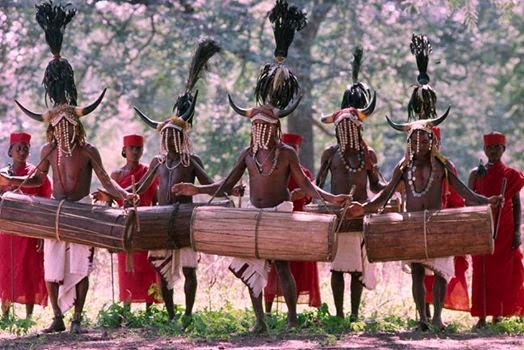
I must appreciate the Chhattisgarh tourism board website for following responsible tourism practices by educating travellers to not treat tribals as objects of amusement and put them through the test of judgement and evaluation. They rather advise travellers to involve culturally, and have mutual respect and nurturing.
Without such initiatives, the indigenous tribes and cultures of India will dwindle away only to be overtaken by western modernism and unsustainable lifestyle.
Ancient cities: We have all studied in our books about Harappa, Mohenjo Daro, Mesopotamia, and Egyptian civilizations. But, we do not know about the ancient city that flourished in Sirpur belt 2600 years ago. Dr. Arun K. Sharma, who is a passionate archaeologist and has a voice with power much more than that of a young man takes us on a walk across ancient temples built in vedic architecture. He shows us around the ‘Surang Tilla’ temple that belongs to 6th century BC. The architects built a structure from Dolomite that survived a massive earthquake in 10th century without a crack in its walls. Mr. Arun tells us about how technologically advance Indian architects were that they could create air vacuum in a building’s foundation without the availability of modern equipment. The massive earthquake of 10th century literally bent and curved the stairs of the temple but it couldn’t break them.
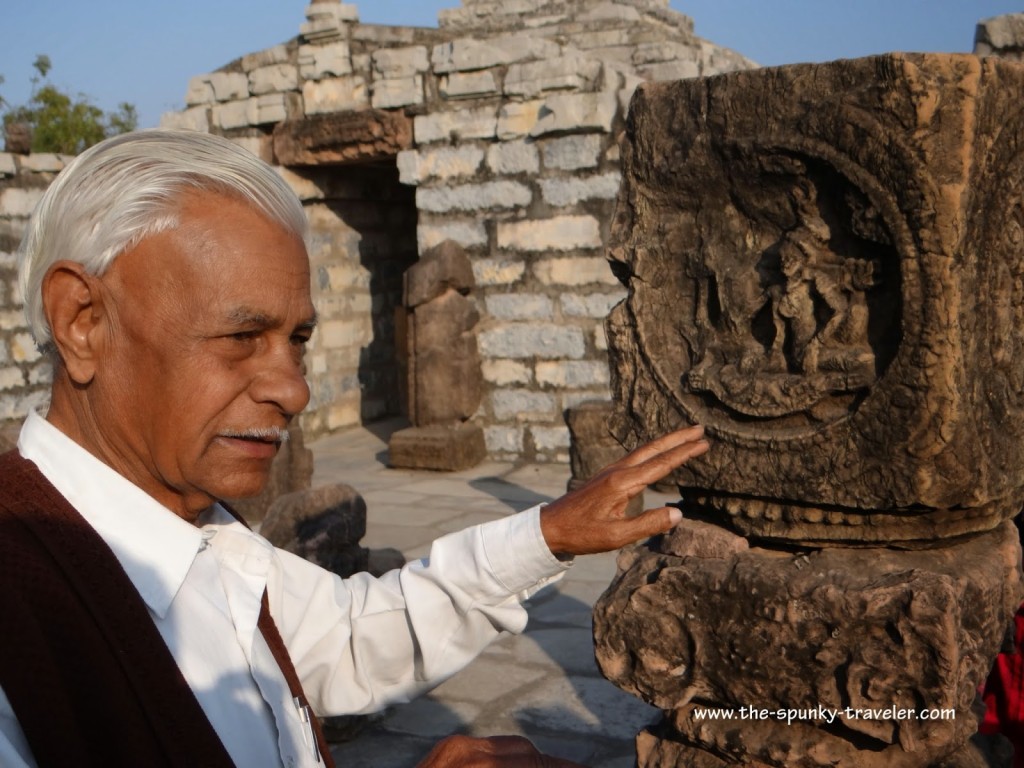
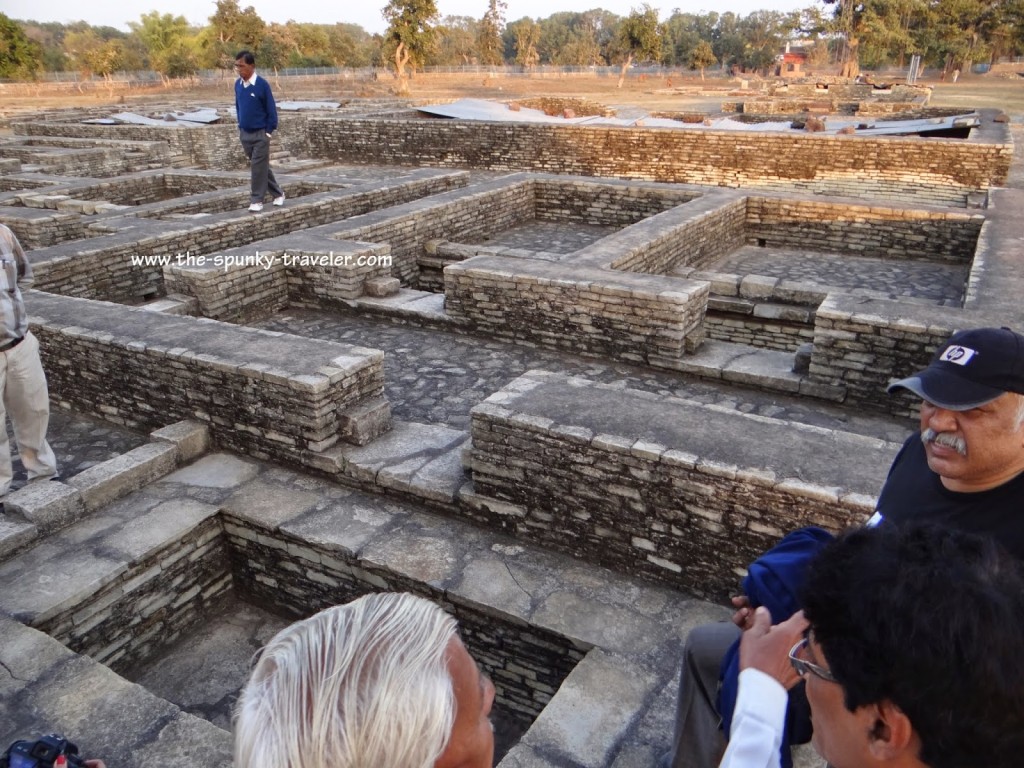
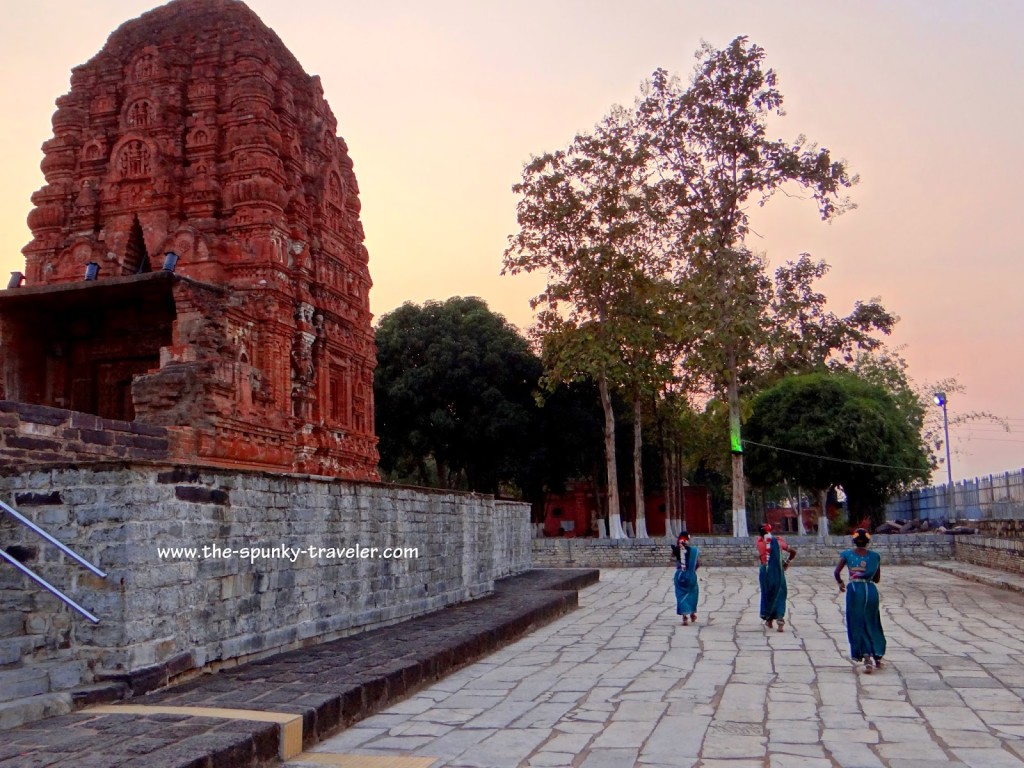
Sirpur has the only terracotta temples of Lakshman and Ram. It has a Buddhist Vihara (Buddhist school and residence for monks) that was built by a Hindu king showing religious tolerance and respect. Students from South East Asia, China and Japan travelled here to study Buddhism. The wall sculptures show daily life. Communities had pets like dogs, indulged in bull fights, and considered lizard sacred. This prevailed centuries before bull fight started in Spain. Our childhood stories of Panchtantra are inscribed on the walls. “The Jarawas of Andaman, Aborigines of Australia, and Saharan Namibian tribes are from the same gene pool”, Mr. Sharma explains as he tells us how early man travelled from Africa towards the Asian plate.
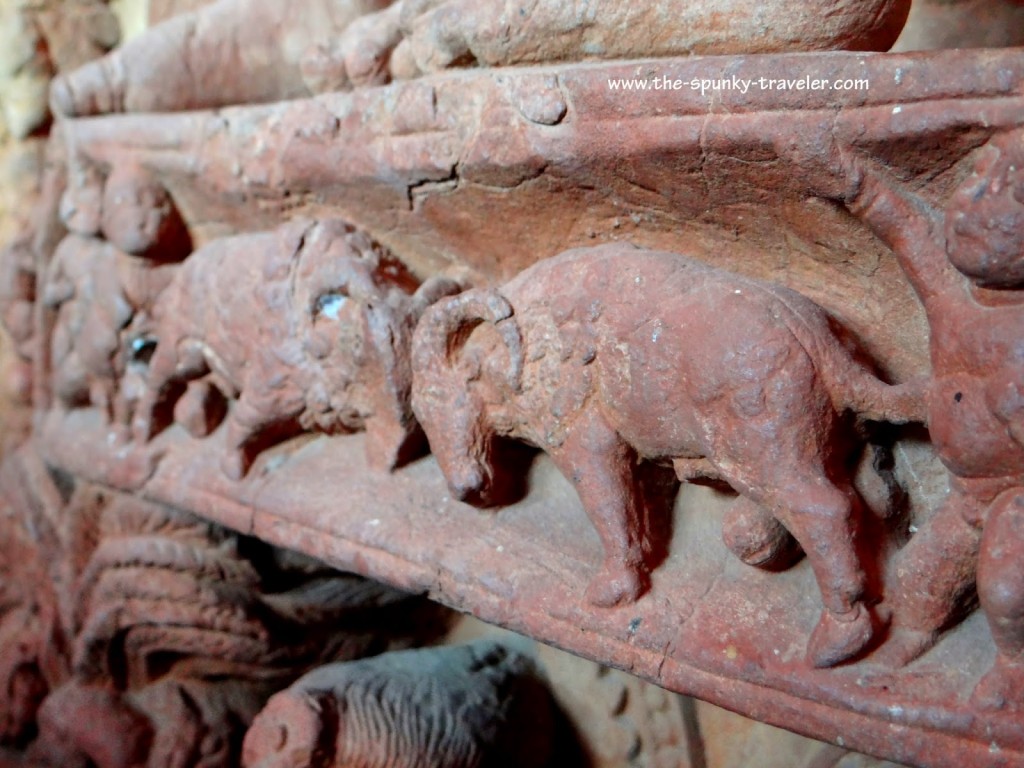
Ghotul Culture: The tribes of Chhattisgarh especially Muria (settlers) and Maria (nomads) practice Ghotul culture. Men and women during puberty are sent to live in a dormitory called Ghotul (a tribal hut surrounded by earthen or wooden walls), where each member has a community task like sweeping, cooking and cleaning. The inmates can mingle with each other in love making and subsequently, over a period of time choose their partner. They then move away to build their own hut. Sex for them is not a taboo and is considered an essential part of life. Similar practices are also followed by some tribes of South East Asia.I visited Chhattisgarh for only three days, but this region has so much to offer that I might have to come back again and again and each time I will bring back for you a new and intriguing story.
Note: This story is produced in association with Chhattisgarh Tourism Board. All the opinions are unbiased and are based on personal experience as on Jan 2015.
Gaurav BhatnagarSoftware Engineer turned Travel Writer, Photographer, and Public Speaker on Responsible Travel. Entrepreneur in Responsible Rural Travel @ www.thefolktales.com
|
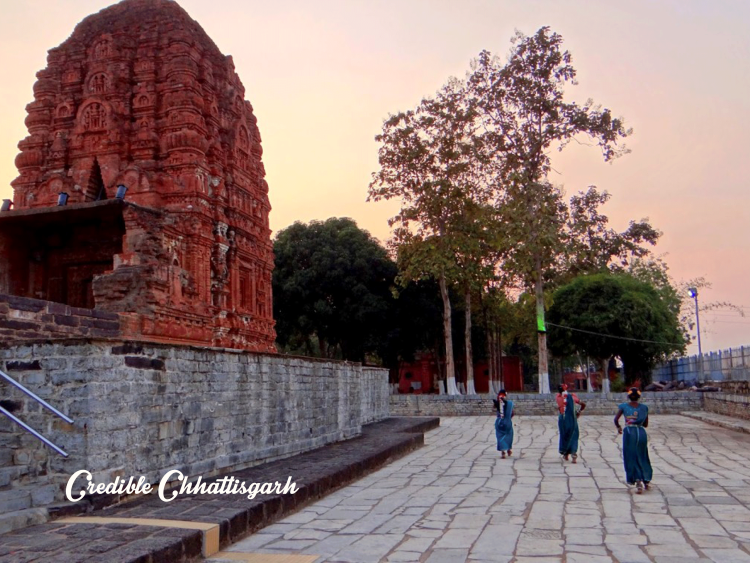
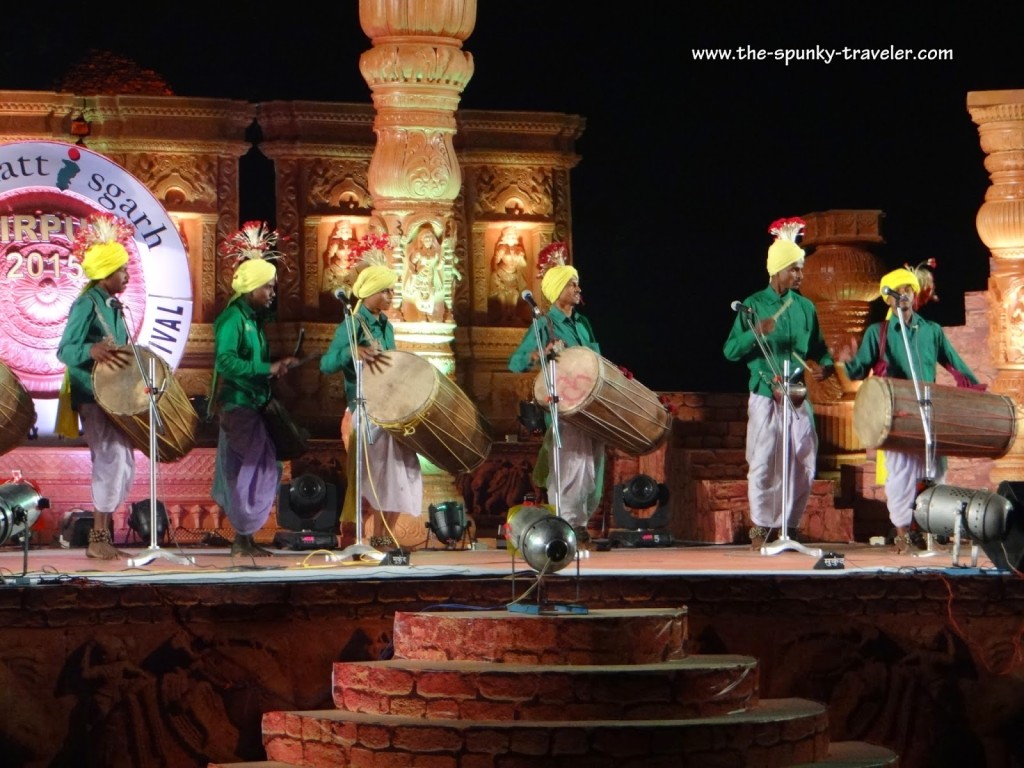
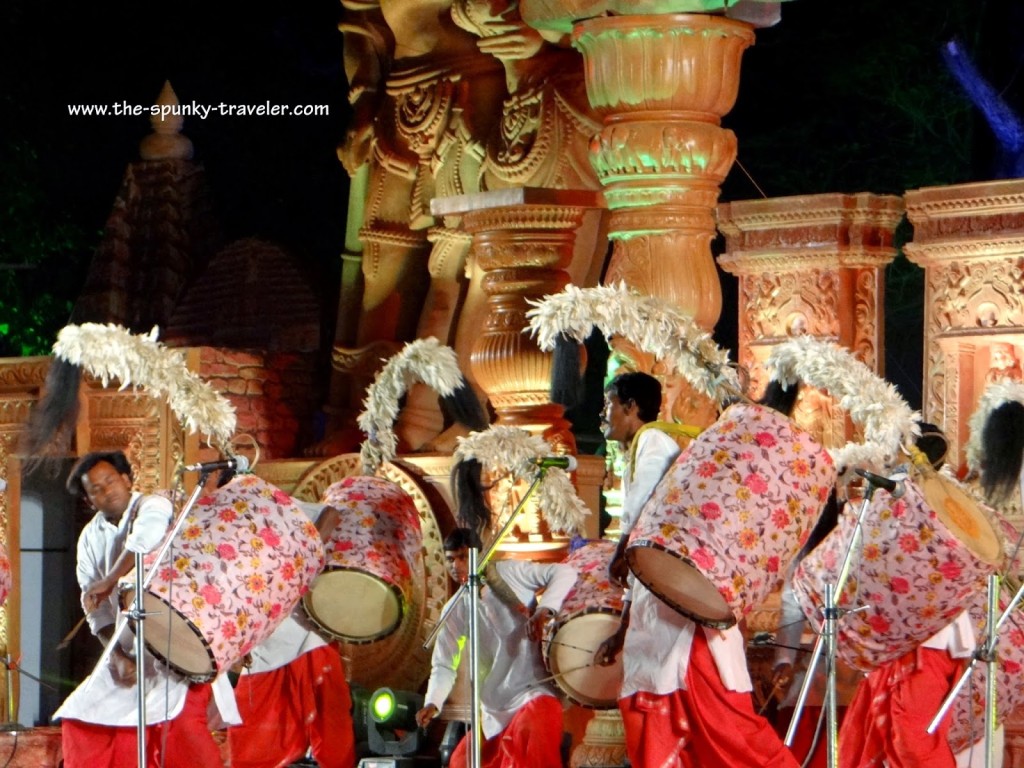
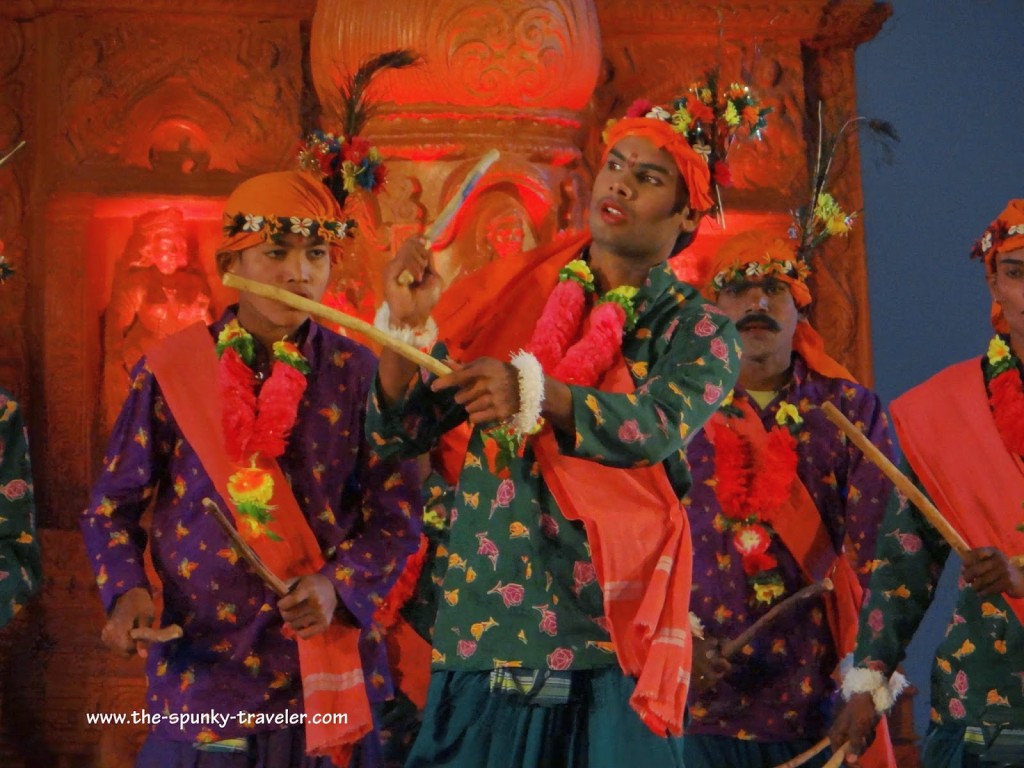
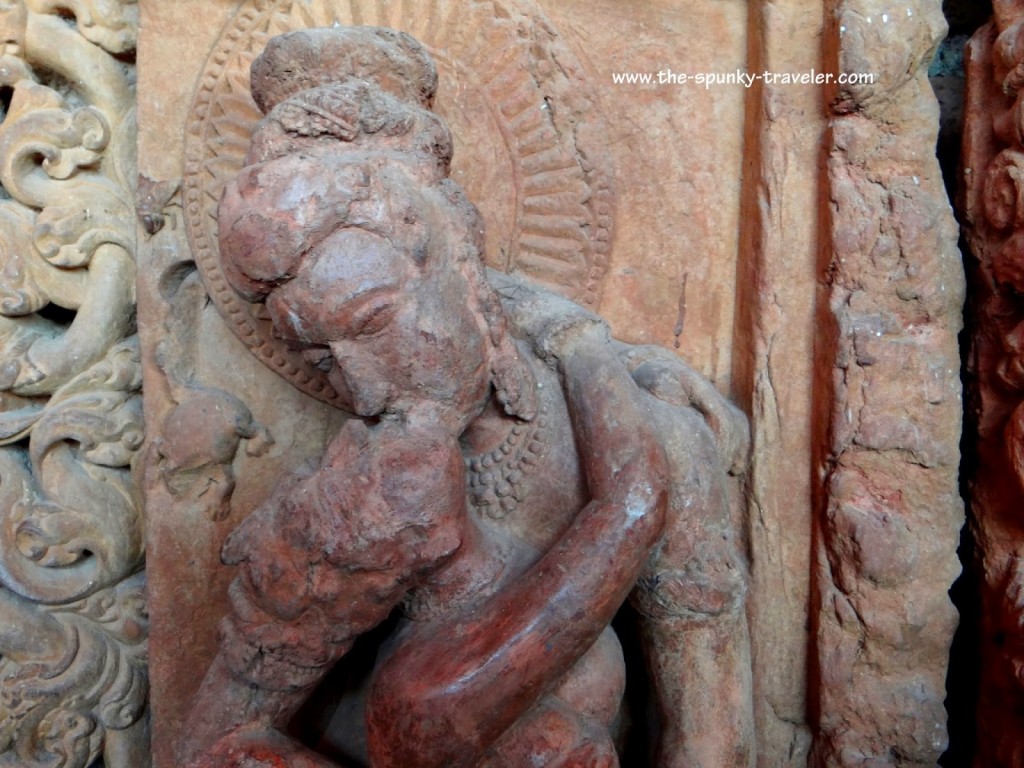
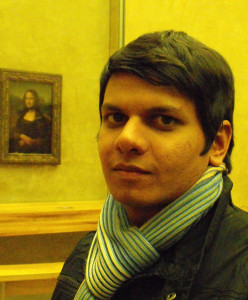







Beautiful post about a beautiful trip!
Thanks Mridula 🙂 The trip was indeed memorable.
This is amazing. I had no clue about ancient civilizations at Sirpur. Would love to visit this place…
Yes, the place is beautiful and very rich in culture and history. Feel free to get in touch if you need any info on how to go.
Did you visit Purkhauti Muktangan – http://www.inditales.com/an-ode-to-ancestors-purkhauti-muktangan/
Nope. But looks good !